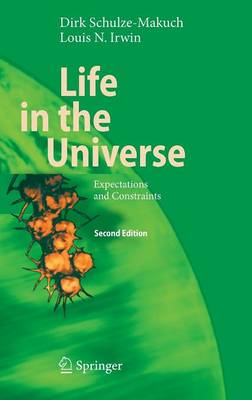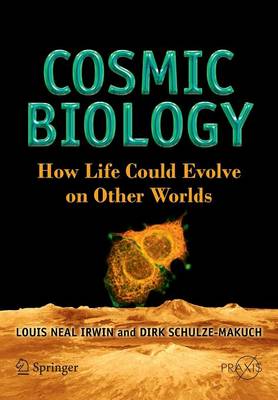Springer Praxis Books
2 total works
Energy, chemistry, solvents, and habitats - the basic elements of living systems - define the opportunities and limitations for life on other worlds. This class-tested text examines each of these parameters in crucial depth and makes the argument that life forms we would recognize may be more common in our solar system than many assume. It also considers, however, exotic forms of life that would not have to rely on carbon as basic chemical element, solar energy as a main energy source, or water as primary solvent. Finally the question of detecting bio- and geosignature of such life forms is discussed, ranging from Earth environments to deep space. While speculative considerations in this emerging field of science cannot be avoided, the authors have tried to present their study with the breadth and seriousness that a scientific approach to this issue requires. They seek an operational definition of life and investigate the realm of possibilities that nature offers to realize this very special state of matter and avoid scientific jargon wherever possible to make this intrinsically interdisciplinary subject understandable to a broad range of readers.
The second edition thoroughly updates this text in view of the rapid progress in the field and a substantial amount of new material has been added, in particular sections and chapters on adaptation to extreme environments, the future and fate of living systems, life detection concepts based on the thorough analysis of the Viking missions and the issue around the meteorite ALH 84001, and - last but not least - recommendations for the optimization of future space exploration missions.
From the reviews of the first edition:
"[...] I know of no other book that reassesses the fundamentals of astrobiology in such way. This book is a tacit lesson in open-mindedness tempered with thorough scientific analysis. This is a very important book for all professional astrobiologists." A Ellery, International Journal of Astrobiology, 6 (2007) 182-183
In Cosmic Biology, Louis Irwin and Dirk Schulze-Makuch guide readers through the range of planetary habitats found in our Solar System and those likely to be found throughout the universe. Based on our current knowledge of chemistry, energy, and evolutionary tendencies, the authors envision a variety of possible life forms. These range from the familiar species found on Earth to increasingly exotic examples possible under the different conditions of other planets and their satellites.
Discussions of the great variety of life forms that could evolve in these diverse environments have become particularly relevant in recent years with the discovery of around 300 exoplanets in orbit around other stars and the possibilities for the existence of life in these planetary systems. The book also posits a taxonomic classification of the various forms of life that might be found, including speculation on the relative abundance of different forms and the generic fate of living systems. The fate and future of life on Earth will also be considered. The closing passages address the Fermi Paradox, and conclude with philosophical reflections on the possible place of Homo sapiens in the potentially vast stream of life across the galaxies.

